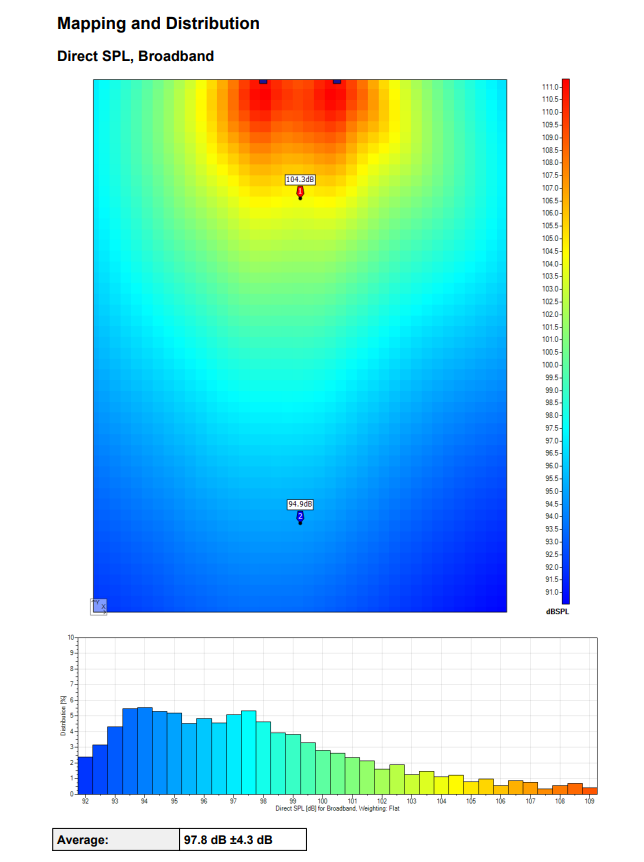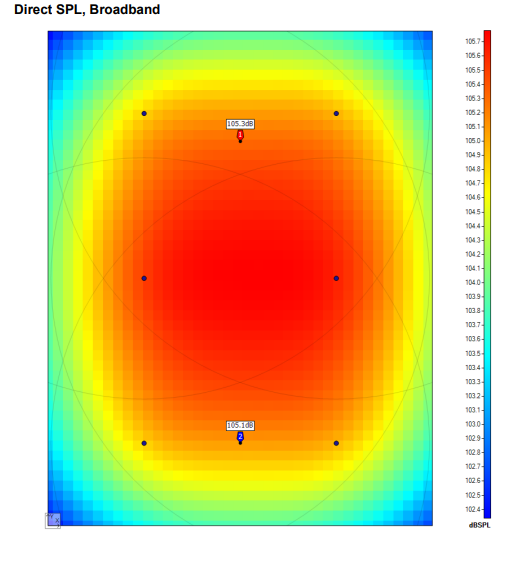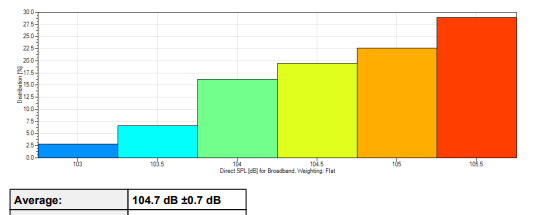Why Audio Isn’t an All-in-One-Size-Fits-All Proposition
Rewind 10 years ago, and the stack of hardware in a basic conference room included a display, an audiovisual matrix switcher, an audio amplifier, a control processor, a DSP, a hardware based codec, a PTZ camera, ceiling or table microphones, wall or ceiling speakers, and a proprietary touch panel. All that was held together with a plethora of AV cabling and sold with hours of AV labor and programming to get it all working properly.
In the present day, all this can be accomplished with a display, an all-in-one conferencing bar (with integrated soft codec client, camera, multi-element microphone array and speakers), and an optional consumer grade tablet to run it all. The system also needs very little cabling, programming or labor to install and commission it.
Given the current state of affairs, it’s no surprise that all-in-one products like the Neat Bar or the Logitech Rally are so popular. They offer great performance at a reasonable price, reduce the amount of equipment that is needed to support, and minimize third-party labor costs. The downside of their popularity is that they are often overused.
If you’ve ever purchased a “One-Size-Fits-All” T-shirt, you understand that the shirt is too large for a child and too small for someone who typically sports an XXL. However, the shirt likely fits (with varying degrees of tightness) people who wear anything from a small to an extra large. So its not really “One Size Fits All” but rather “One Size Fits … A Lot.” The all-in-one systems are designed to meet the needs of a typical small-to-medium-sized room, based on their 15′ optimum range from the wall mounted device to the farthest participant, and they do a fairly good job, until they don’t.
Some spaces may have more challenging layouts or acoustical response that can create a less-than-ideal experience, especially in the audio arena. Obviously, if we had full control of the room design, down to the furniture and room materials, we would eliminate the highly reflective surfaces and double down on acoustic treatments from companies like Snowsound and Auralex. At a bare minimum, we could ask the contractor to install a second layer of sheetrock with a different thickness to help mitigate reflections of different frequencies. But alas, we often have little influence on construction materials.
With that, I wanted to share a few tips for maximizing audio quality in less than ideal spaces, thinking beyond the all-in-one, making a continued case for distributed audio, the multichannel amplifier and the DSP.
Before we can explore a solution, however, let’s better define the two main problems: reflections and deviation.
To make sure I added a little scientific backing to our conversation, I enlisted the help of my friend Brian Dempsey over at Sonance, who as a service to their dealers, can do EASE modeling of spaces to show how different speaker layouts will perform in the room. They also have a unique approach to helping dealers and architects choose the proper products and if you haven’t seen their Design Gallery site, you should check it out here.
Reflections
Anyone who follows me knows I am a fan of analogies, so bear with me as I make one about audio and a rubber bouncy ball. Imagine your audio content as a bouncy ball. You throw it as hard as you can against the back wall, making sure the sound gets to the back of the room. What happens? Ricochet city. The ball’s energy propels it to the back of the room and then all over the place, bouncing off of every hard surface it hits, the energy eventually decaying to a light dribble.
As with any analogy, yes, this is an oversimplification, as every frequency will behave differently (it would actually be akin to a shotgun blast of bouncy balls of different sizes and densities all being propelled at once), but it illustrates what happens when we throw sound at high energy out into a reflective space.
The ricochets are called reflections, and the reflections actually reduce speech intelligibility, (if you don’t know about the Speech Transmission Index or STI check it out here). The problem is, when people can’t hear, they usually turn the audio system up, which could exacerbate the issue further.
To return to our analogy, now imagine taking that same bouncy ball and just dropping it straight down from 8 feet off the floor, adding no extra energy to it. It’s a completely different effect. Adding multiple speakers, closer to the ears, and playing them at lower volumes, may actually increase intelligibility in the space, while decreasing the deviation in the volume levels.
Deviation
If you think of a standard all-in-one design, at 4 feet from the speaker (closest chair) the audio will be about 10dB higher than at the farthest chair back. A 10dB difference “sounds” about twice as loud to most people. That’s a huge variation. To be fair, any point source speaker installed at the front of the room has this same issue, but it can be a problem nonetheless.
To illustrate the point, here’s a model of a small L/R point source speaker array installed at the front of the room and the associated coverage.

(Image: Deviation in an 18′ x 14′ room with L/R point source speaker at front. –Courtesy of Sonance)
Using a distributed audio system actually equalizes this deviation. See below to compare.


(Image: Deviation in an 18′ x 14′ room with a 6 distributed ceiling speakers. –Courtesy of Sonance)
A Note on Spatial Audio
Given the current conversation about spatial audio, I feel that it’s important to mention one other principle that may come in handy and that is the Haas effect.
If you want the sound to be perceived as coming from the remote participants on the screen, and not coming from the ceiling, then using a DSP and adding some delay to the overhead speakers may be the solution.
The Haas effect, also known as the precedence effect, says that when presented with two identical sounds coming from different directions, the brain will attribute the direction of the sound to the first sound that arrives at the ears. This means you could use a point source speaker at low energy in the front of the room, and then supplement it with distributed audio on a a slight delay. The listener would receive the wave from the front of the room first, establishing the direction, but the real detail and volume would be coming from the speaker above, arriving some milliseconds behind.
This mitigates the issues of reflections and deviation, while still establishing directionality of the sound for spatial audio. OK, so I may have just geeked out a little TOO much here, but for those interested, it’s something to consider. Here’s a great primer from AVIXA as well.
I’d also be remiss not to mention that there are also steerable column style speakers from companies like Renkus-Heinz and Biamp with multiple drivers that each address a different area of a room. These products can also help even out deviation and limit reflections depending on the environment in question.
At the end of the day, all-in-one conferencing bars are a great tool in our AV arsenal, and there are many applications where they are the right fit for the job. However, one size does not fit all, and there are still applications where distributed audio, multi-channel amplifiers, and DSP style setups may offer some advantages to the quality of the audio experience in the room.
It’s another example of how as integrators, we can continue to educate and add value, even in an age of simplified, out of the box solutions.





